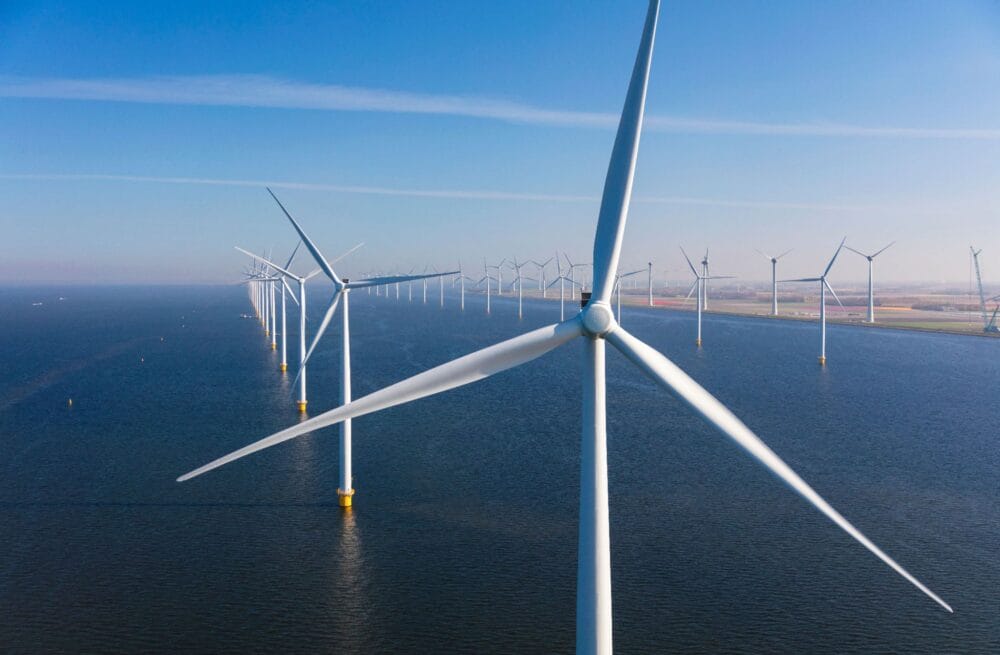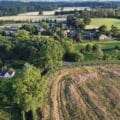Wind energy accounted for 17 per cent of the electricity consumed in Europe during 2022, 41 years after ‘Towards 2000’, the world’s first wind farm, was commissioned in 1981. In that time, engineers have optimized turbine design to produce far more energy than was originally available. Here Dr John Hartley, global head of R&D for wind at composites manufacturer Exel Composites and developer of the ‘carbon flat’ spar cap for turbine blades by pultrusion, explains his role in developing wind energy technology to reduce human reliance on fossil fuels.
Dr Hartley has worked in the composites industry since 1986, after graduating from Sheffield Hallam University with B.Sc. (Hons) Mechanical Engineering in 1982. One of his first jobs was with the John Shaw Wire Rope company, where he developed a pultruded composite rod to act as a tension member for fiber optic cables, and he has championed composites ever since.
While working for FibreForce, the UK trading arm of Exel Composites, Dr Hartley led the project to design a structural reinforcement for wind turbine blades, aiming to facilitate longer blades to improve energy efficiency. The carbon flat was the result; it takes the strain imposed by the wind force and stops the blade from flexing too much under the wind load and hitting the tower. Today, any modern wind turbine stationed offshore, where you find the longest blades, uses carbon flats.
How was the carbon flat designed?
Carbon fiber is the best material for this application because of its unmatched stiffness/weight ratio. Specifically, carbon fiber produced using pultrusion has a high fiber/volume fraction, uniform quality, and superb mechanical properties. These properties in spar caps allow energy engineers to lengthen turbine blades by maintaining a low weight and high rigidity, which leads to more energy captured.
In 2000, renewable energy service provider NEG MICON, now Vestas Wind Systems, approached FibreForce. It wanted FibreForce’s help to develop a carbon/wood composite stiffener, a predecessor of the ‘spar cap’. NEG Micon, as it was, chose FibreForce because it was the largest pultrusion company in the UK and because it had the project-based R&D expertise to meet the company’s needs.
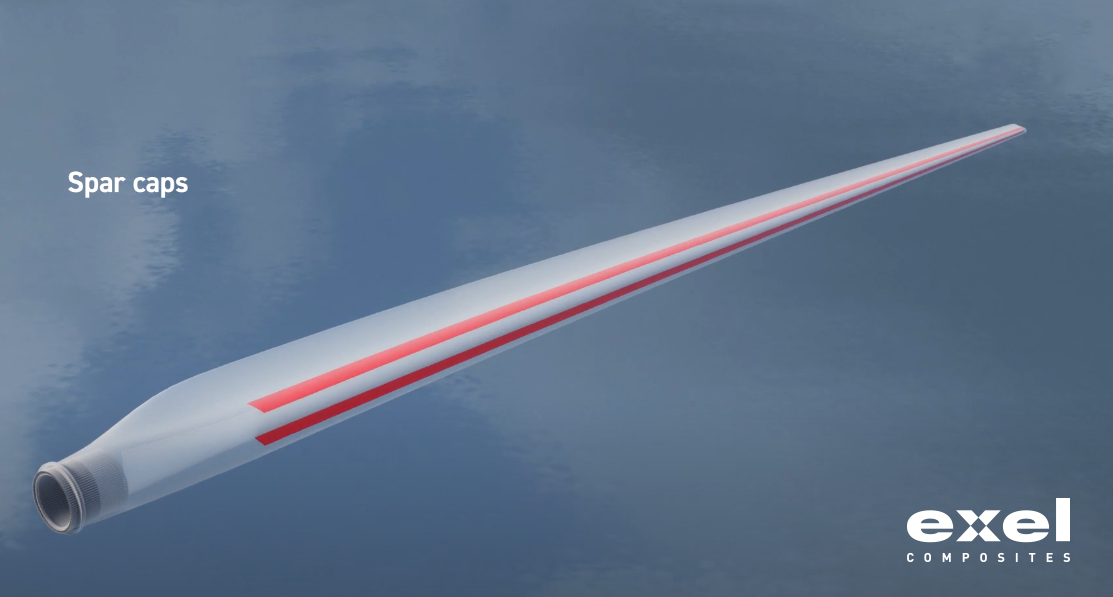
In the early days of the development process, Dr Hartley led the sales, technical planning, day-to-day operations and project management. Despite the scale of the task, product development was relatively fast. From the in-house testing stage, FibreForce moved through the development phase to initial production over two years. By 2002, the carbon flat was in full serial production with multiple machines and the company was manufacturing around 6,000 meters of carbon flat per day.
Development of the manufacturing method enabled this rapid progression from prototype to full production. Under Dr Hartley’s leadership FibreForce went from single- to three- and eventually six-stream production, and from hand-cutting to a fully automated saw system that cut and chamfered in-line.
The carbon flat evolved from a 40×6 mm carbon fiber strip, then 35×6 mm before Dr Hartley’s team and the customer settled on a 38×6 mm carbon vinyl ester plate with peelply. Production continued until 2009, when the introduction of an alternative technology took the industry beyond the wood/carbon composite blade. In 2011, Mark Hancock of Vestas Wind Systems reintroduced carbon flats back into wind turbines, this time without the wood, and the ‘spar cap’ as it is known today was Introduced.
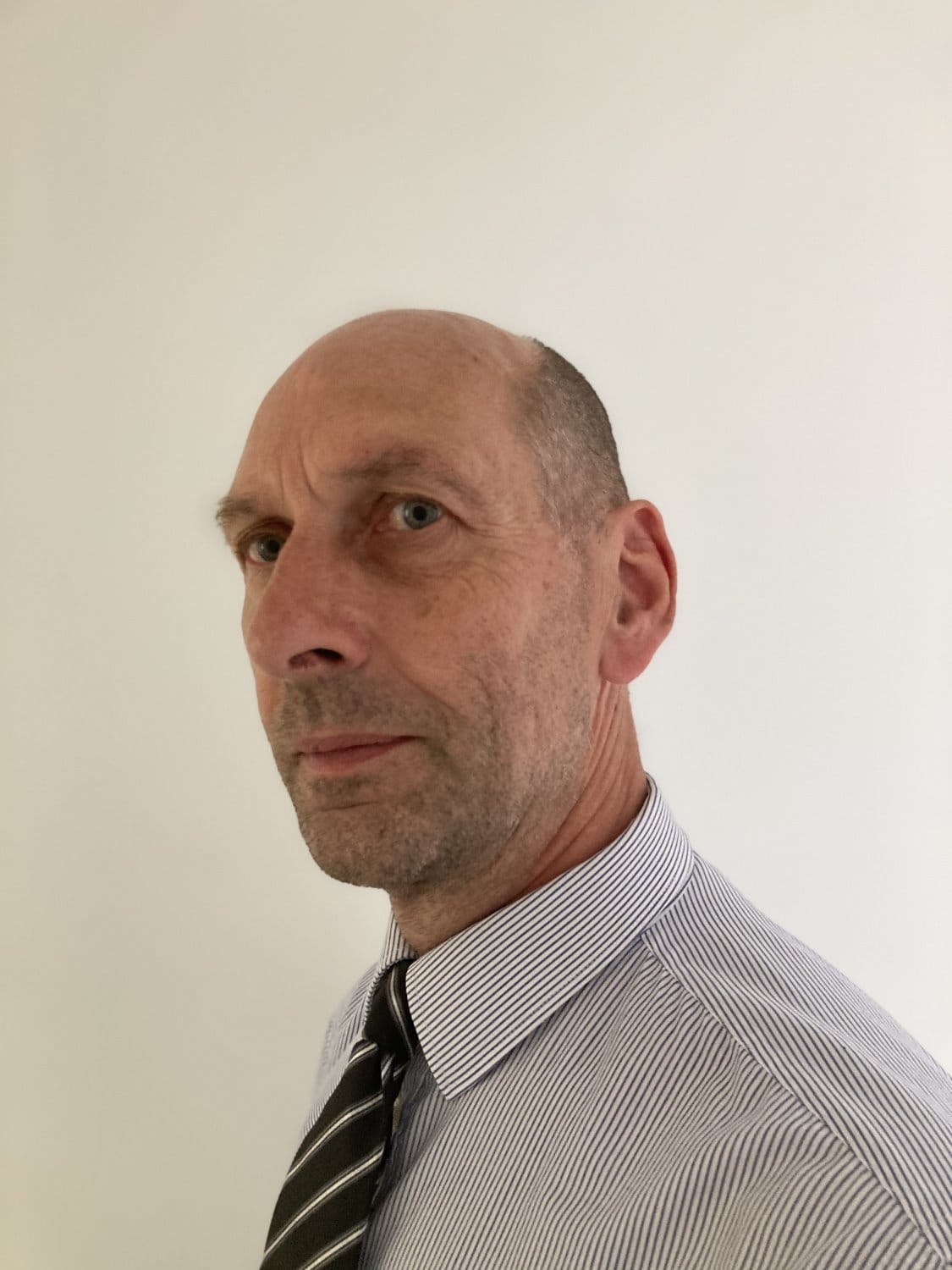
Product designers and engineers still use those original mechanical performance measurements of the 38×6 mm products in technical specifications, although this is approaching its performance ceiling. Over the last ten years, technological advances such as the use of epoxy resins have allowed the new ‘spar caps’ to exceed previous mechanical limitations. Now that this technology is established, wind turbine blades are pushed further and driven harder than before, leading to an increase in output capacity and a continuing increase in blade length.
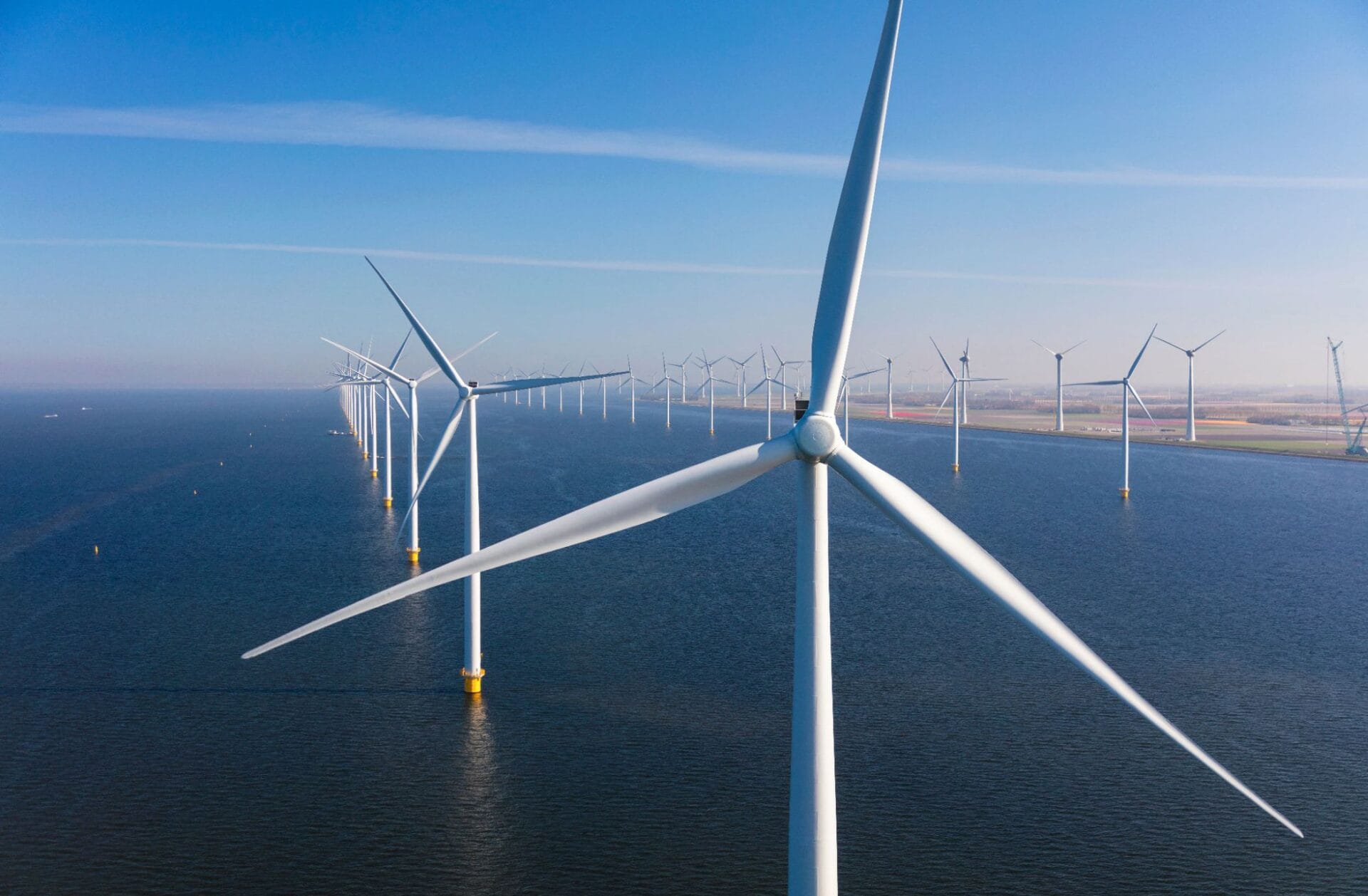
Dr John Hartley is an active part of Exel Composites’ expert-driven R&D process. Exel Composites works closely with the customer at all stages of research and design to ensure timely and cost-efficient delivery of its projects. As an expert in pultrusion, the global manufacturer can bring guidance about all the possibilities for a range of customer applications.
To find out how Exel Composites’ expertise can help achieve your wind energy goals, go to https://exelcomposites.com/composite-solutions/composites-in-wind-power-applications/.

